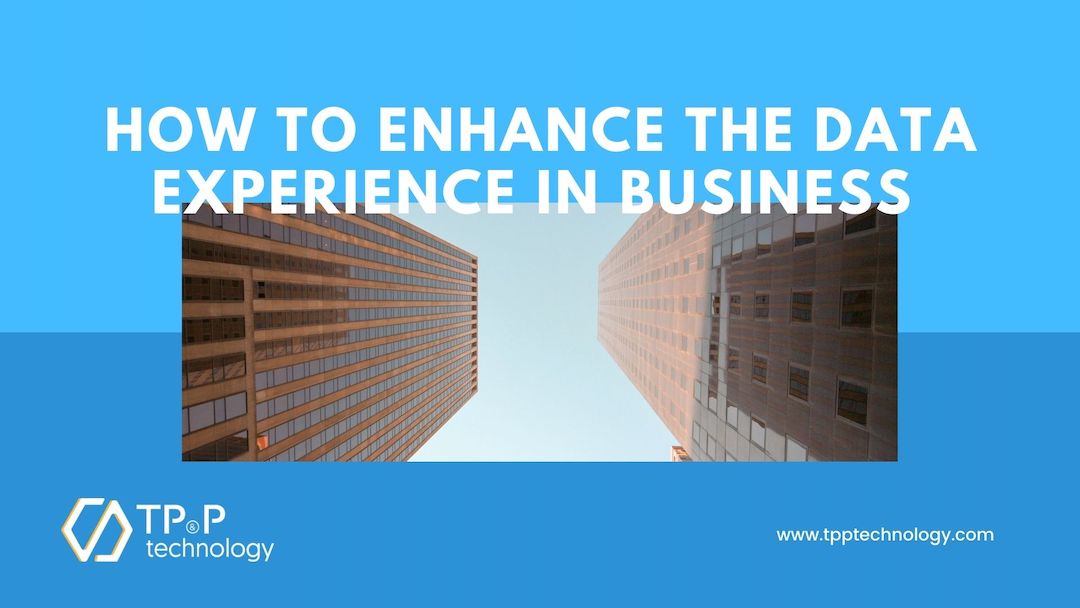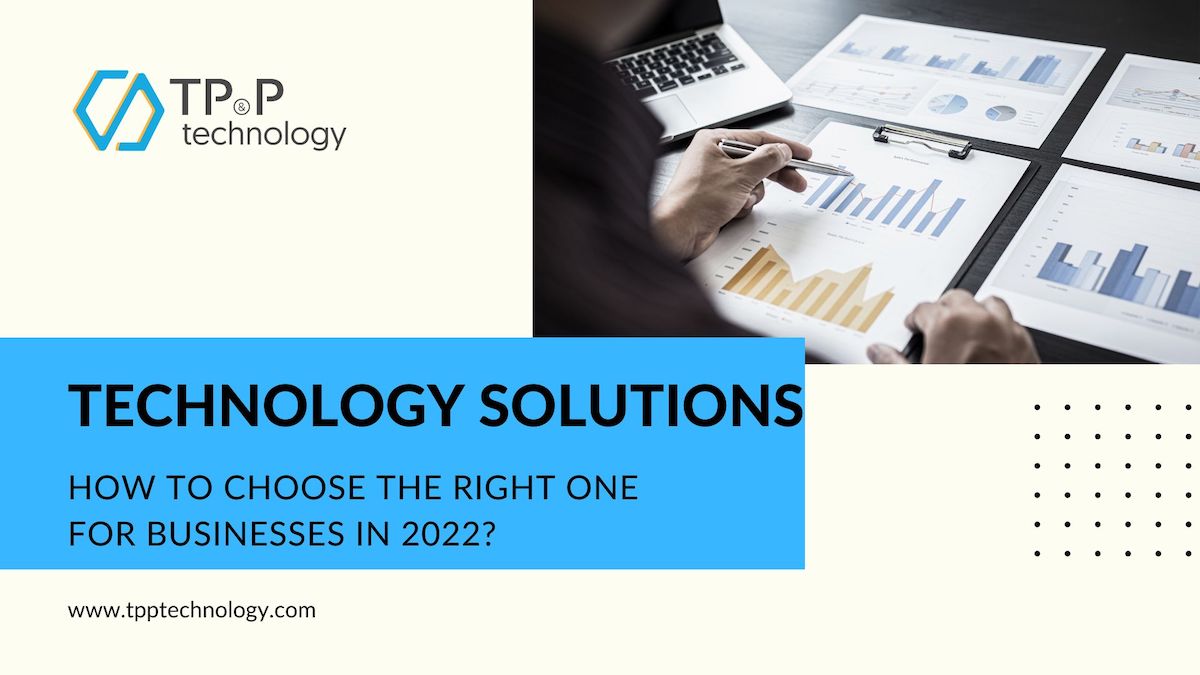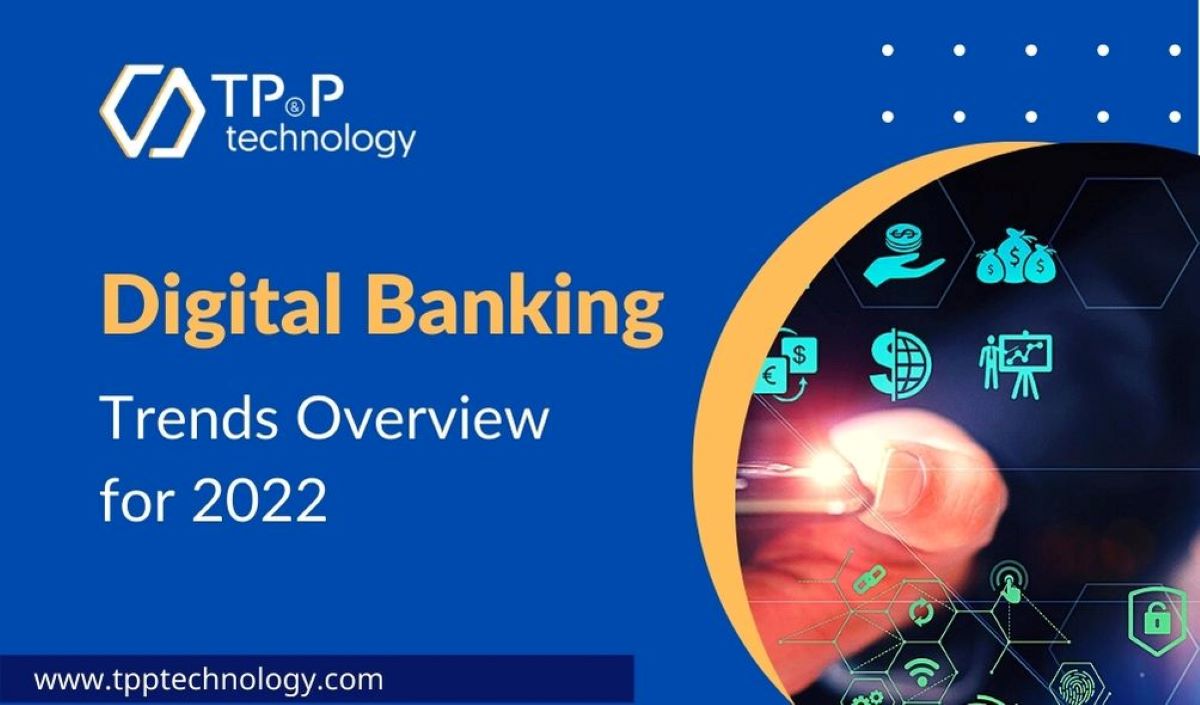
How To Enhance The Data Experience In Business?
Today, most companies require their employees to have access to data in order to generate insights and make informed decisions, at the same time optimizing business processes and enhancing business operations.
For starters, companies often have this functionality available to their business users in the form of dashboards and/or visualized reports that display data from multiple sources across different departments.
In recent years, new technologies have greatly expanded the way data is put into use, from automated reporting systems to real-time dashboard that provides a complete picture of business operations, to more complex solutions like predictive analytics.
Many companies have built and deployed advanced analytics systems with the goal of deriving actionable insights out of the huge volume of data collected, ultimately transforming their organizations. Business organizations of all sizes invested significantly into the technologies needed to become more data-driven. But do they actually get the expected results?
As a matter of fact, the more use cases of advanced data analytics become available, the more organizations need to pay to take advantage of them. Companies now have to invest in a number of different tools, and technologies for data processing and analytics, in order to understand what is going on in their organizations. Many of these data solutions do a good job of solving individual problems that they were created to solve in the first place, but combined with other solutions for an interconnected system, they do not always provide an excellent end-user experience.
This can be quite difficult for business users who directly employ the insights generated from those data and analytics solutions. For them, this growing collection of new products that do not communicate effectively together makes things become more disconnected and puzzling. This lack of integration not only complicates the use of key reports and dashboards but can also lead to inconsistencies and errors, which can lead to a loss of confidence in the data.
Technology & User Experience Go Hand In Hand
To allow consumers or business users to derive the most value out of their data, it’s important that they have a future strategy based on the experience they want to gain when working with their data.
For example, let's consider applications that use data that enable consumers to make decisions on a daily basis. Here, a typical consumer/user doesn't have to be an analyst to use the app and they don't have to be concerned about how the data is captured, processed, or analyzed.
Instead, such an app provides a seamless experience that allows people to make the right choices when choosing a movie to watch, coffee shop, barber, grocery store, etc. Nobody or organization should force people to use any app (for example, IMDB for movie reviews) - they only do it because the information is useful to them.
As this example shows, a quick, pleasant, and seamless experience is critical - so it's not just the underlying technology only. People trying to decide what movie to watch or what restaurant to eat at for a weeknight would not need a control panel with a lot of variables and configurations to help them manage this.
One of the reasons why the current data experience is often not very pleasant is that the technology in itself often drives the industry to focus more on the mechanisms for solving data problems, rather than the experience that the end-users desire. This is also partly due to the nature of innovation.
Vendors design products to solve a certain set of business problems, not the whole stack - they have to take care of the specifics, not the whole one-size-fits-all solution.
As customers of these tools, business leaders need to put thought into how they want to capture and use data so that they can help vendors and technology providers identify the right kind of user experience.
Tips To Enhance The Data Experience
- For starters, don’t ask users to be an analyst. Data and insights should help people and make their jobs easier, rather than piling on new tasks. Instead of having to analyze data themselves, analytics solutions should be integrated into the systems or applications that users frequently work on.
- Data Science and Business Intelligence (BI) must support each other. Modern data and analytics solutions blur the traditional line between data science and business reporting. Thus, companies should try not to create working boundaries between these functions. If a dashboard, in-depth analysis, interactive report, etc. are all displayed in one place, people would be more likely to use that data instead of having to switch from one app to another.
- Make the status and audit trail clear. It is important to share publicly where the information originates from. Who generated this report? Where does the information and data source come from? By providing clear confidence indicators in advance, business stakeholders can spend more time making data-driven decisions, rather than arguing about whether the figures are correct or relevant.
- Manage business logic. Both business leaders and advanced data solutions providers should share the same business logic to create a smoother experience for end-users. The definition of the baseline standard, whether in the BI panel or the machine learning models, should be centralized and accessible where the data is used.
With a better data infrastructure and experience in place, business leaders can expect to see more return on the investment they’ve made in various technologies and tools, and ultimately realize the full potential of what data can do within an organization.
If people have the right kind of data experience, they will be more likely to use the tools, and that will help them to make better decisions and start to realize the deeper benefits of adopting a data-driven approach.



